One of the primary goals of IIK-CDRIL is to work collaboratively with Indigenous educational institutions to make the products of scientific research available to the communities with whom the research was conducted. Today the foremost concern of most communities is language shift and language revitalization and reclamation. To address that concern, IIK-CDRIL has worked for decades to develop language curricula and other materials that can support language instruction programs in elementary and secondary schools as well as in community colleges.
The Numuchadooana Kai Nasumu’wakwuna: Sustaining the Indigenous Northern Paiute Language project is supported by a grant from the U.S. Department of Health and Human Services, Administration for Native Americans, an office of the Administration for Children and Families.
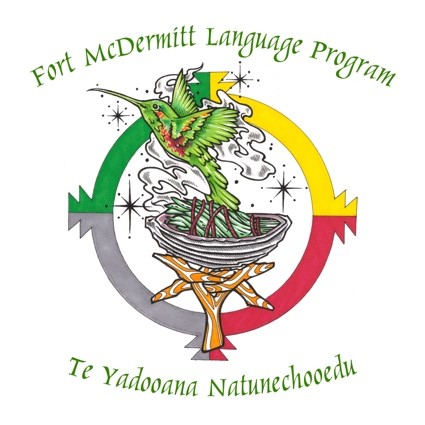
The Fort McDermitt Paiute-Shoshone Indian Tribe and IIK are developing a comprehensive language maintenance program for the Northern Paiute language spoken in the McDermitt community on the Nevada-Oregon border. The work, led by IIK Research Associate and Language Program Director for the Ft. McDermitt Paiute-Shoshone Tribe Thierry Veyrié, entails creating a K-6 language curriculum and supplemental language materials to share and promote the use of the Northern Paiute language as an active medium of transmission of Paiute culture and traditions to the upcoming generations. As the most sizable and vibrant community of speakers of the endangered Northern Paiute language, the McDermitt Paiute community along with IIK are collaboratively creating and employing educational materials that will increase use of the language, create social connections in the community and build cultural vitality.
To promote betterment in the wider McDermitt community, this project is centered on Paiute Elders’ knowledge, and it also engages community Native and non-Native partners, including IIK. The McDermitt Combined School and the McDermitt Branch Library are active partners in steering the project and serve as avenues of outreach to community members and dissemination of the project’s deliverables—educational materials, and manifestations. Local Native artists have been commissioned for all the artwork used in the deliverables. Academic and necessary skilled support, including linguistic expertise, graphic design, sound engineering, and programming, is being provided by IIK at Indiana University and by the University of Nevada, Reno.
This project is shedding light on the cultural and linguistic wealth of the McDermitt community and ensuring a Native perspective on the history of Nevada is heard. Such results have significant potential for the spiritual wellbeing of the community and the pride of the underrepresented Northern Paiute community.
Example language materials created through the project:
The booklets are written in Paiute and English to share the knowledge of notable and events and people. All include vocabulary sections to encourage Paiute learning.
Sarah Winnemucca
Sarah Winnemucca wrote Life Among the Paiutes, the first known autobiography of a Native American woman. She was inducted into the Nevada Writers Hall of Fame in 1993 and a bronze statue of her is in the National Statuary Hall Collection of the U.S. Capital.
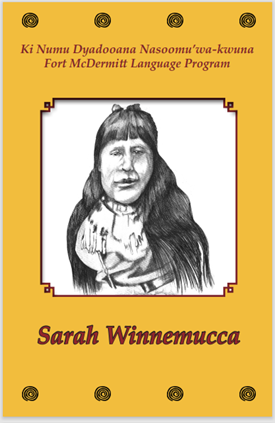
Captain Horse
Captain Horse was a prominent Paiute leader at the time when the U.S. military entered the Quinn River Valley.

Fort McDermit
Explores the history of Fort McDermit, including maps and pictures from the 1880’s and 1910’s.
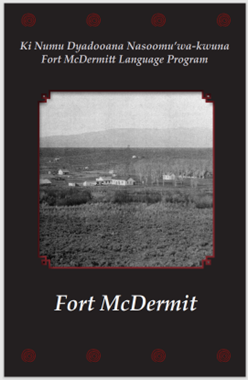
Adapted by Ione Crutcher to help children learn the Paiute language these humorously engaging Coyote stories have been stunningly illustrated by Navajo artist Michael Begay.
Etza’a-no Pongatze: Coyote and the Mouse
In this story Mouse convinces Coyote he will grow if he is planted, and escapes before Coyote eats him.
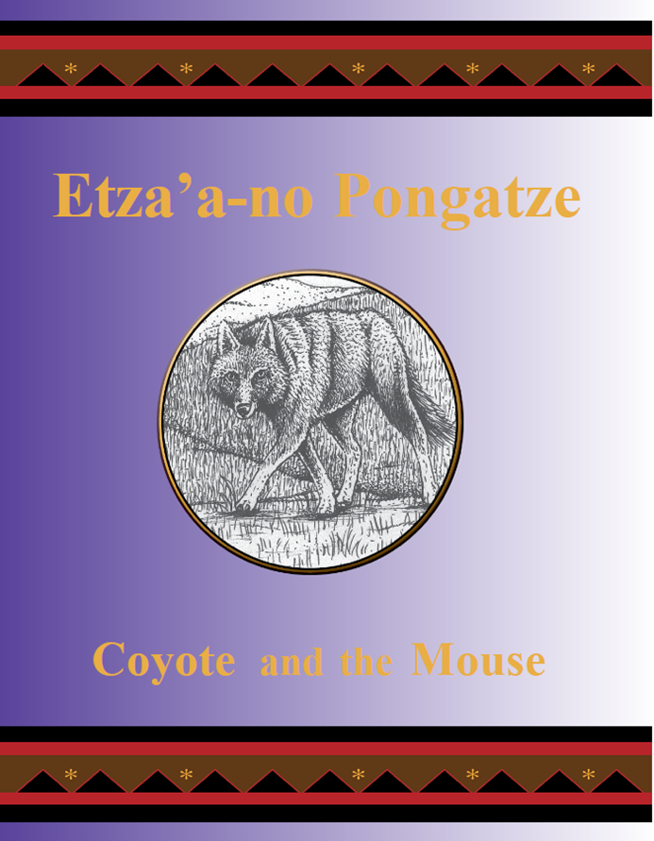
Etza’a-no Wasa: Coyote and the Crane
Coyote asks Crane to help him cross the river and ends up all wet.
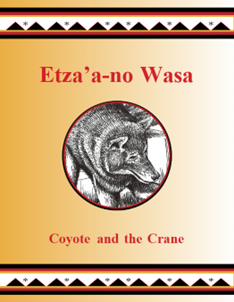
Etza’a-no mu Ada: Coyote and the Crows
This story explains how Coyote got red eyes.
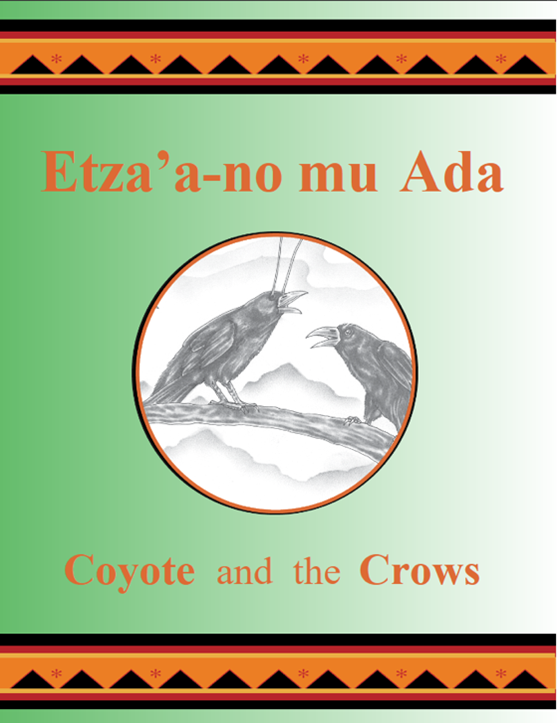
Numu Tzoho-no Etza’a: Giant, Coyote, and Gopher
In this story we learn how Gopher helps Coyote to save the Paiute people and the animals from Giant.

The Kindergarten textbook introduces children to Greetings, Numbers, Colors and other topics. It is organized around the months of the Paiute calendar.
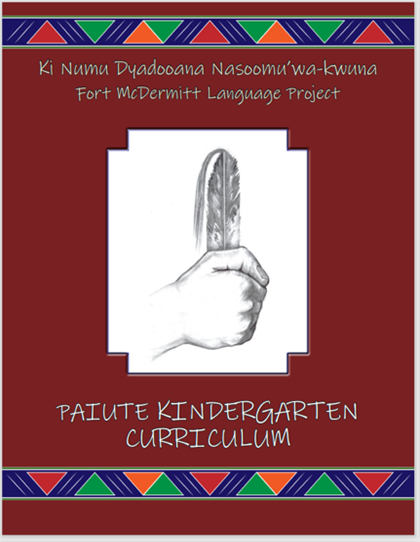
Past educational projects include:
- Arikara, a language spoken today on the Fort Berthold Reservation. Worked with the White Shield School, Roseglen, North Dakota, to develop a comprehensive set of materials in both printed and computer formats for teaching Arikara at the elementary and secondary levels.
- Assiniboine, a language spoken on the Fort Belknap and Fort Peck reservations in Montana and on the Carry The Kettle, White Bear, Pheasant's Rump, and Mosquito-Grizzly Bear's Head reserves in Saskatchewan. Worked with Fort Belknap College to develop materials in both printed and computer formats for teaching Assiniboine at the post-secondary level.
- Lakota, Red Cloud School, Pine Ridge, SD.
- Pawnee, a language spoken today in Pawnee, Oklahoma. Worked with the Pawnee Nation to develop materials in both printed and computer formats for teaching Pawnee in the local high school and in adult education classes.
One product of these educational efforts is the development of an innovative set of interactive multimedia language lessons for Arikara that supplement the traditional printed textbook. The computer lessons incorporate sound recordings of all language material. The format is significant because it incorporates native speech in sound-recorded form and ensures that native speaker pronunciation of instructional materials will always be available to students, even after there are no remaining elder speakers of the languages. Thus, this format enables students to study their language in the absence of native speaker teachers, not only in their communities but also anywhere in the United States or abroad.
The Arikara lesson format, moreover, serves as a model for other languages and was used to develop lessons for Assiniboine and Pawnee.
Multimedia student dictionaries are another educational product developed at IIK-CDRIL for language programs to teach Arikara, Assiniboine, and Pawnee. These dictionaries are scaled-down versions of the comprehensive linguistic reference dictionaries developed at IIK-CDRIL. They contain sound recordings of all entry words and enable students to hear native pronunciation of written renditions.



